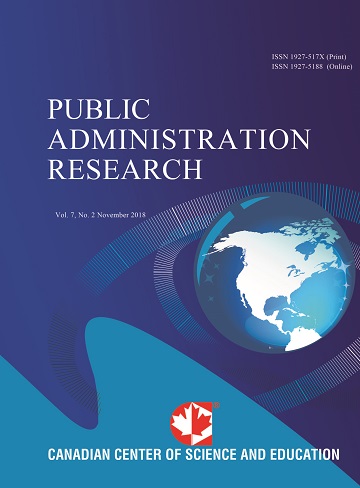Building a Legacy? North Dakota’s Oil and Gas Legacy Fund an Exercise in Public Policy and Political Action
- Ryan M. Yonk
Abstract
From at least 2006, Western North Dakota experienced an oil boom that resulted in a dramatic increase in economic activity, and tax revenue. In response to this boom, North Dakota, through a constitutional ballot measure, established the Legacy Fund. This fund reserved 30% of monthly oil tax revenue collected by the state for future use. On July 1, 2017, the State Legislature, per the constitutional provisions creating the Legacy fund, became able to spend the interest (as well as some of the principal, with numerous limitations) from the fund.
How to allocate these funds has become a state-wide public finance policy and political issue. Governor Burgum and others have proposed a variety of ways to use the funds on public projects and tax relief. Decisions about the long-term purpose of the fund and how best to use its earnings have increased in urgency with both the availability of the funds and the volatility of oil and other tax revenues.
Deciding how to best use the Legacy Fund is both a fiscal and political question. Legislators must sort out how the interest earnings will be used, who should benefit, or if the fund should be used at all. I explore how these decisions are made, the possible implications of those decisions, the proposals that have been put forward, and propose a framework for how these decisions might be made.
- Full Text:
 PDF
PDF
- DOI:10.5539/par.v12n2p22
Journal Metrics
h-index (2017): 7
i10-index (2017): 6
h5-index (2017): 7
h5-median (2017): 13
Index
- COPAC
- CrossRef
- DTU Library
- EBSCOhost
- EuroPub Database
- Excellence in Research for Australia (ERA)
- Genamics JournalSeek
- Ghent University Library
- Google Scholar
- Harvard Library
- Infotrieve
- Jisc Library Hub Discover
- LOCKSS
- Mir@bel
- Norwegian Centre for Research Data (NSD)
- Open J-Gate
- PKP Open Archives Harvester
- Publons
- ROAD
- Scilit
- SHERPA/RoMEO
- Stanford Libraries
- Ulrich's
- UniCat
- Universe Digital Library
- UoS Library
- WorldCat
Contact
- Gabriel TaiEditorial Assistant
- par@ccsenet.org
